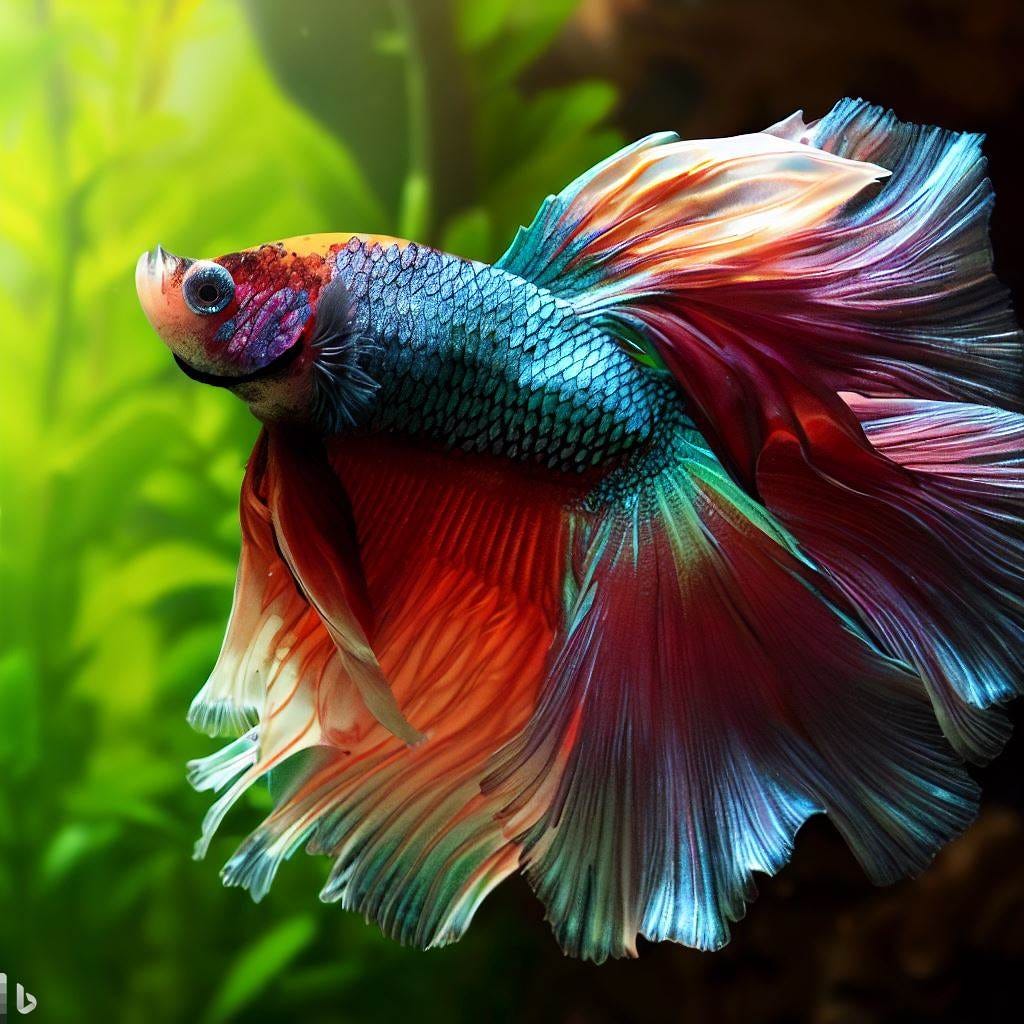Exactly how to Choose the Right Betta Fish for Your Fish tank
Exactly how to Choose the Right Betta Fish for Your Fish tank
Blog Article
Reproducing Betta Fish: a Comprehensive Step-By-Step Overview to Efficiently Raising Infant Bettas From Eggs to The Adult Years
Breeding Betta fish is a precise endeavor that needs cautious preparation and implementation to ensure the effective development of fry from eggs to develop fish. Picking genetically varied reproduction couple with preferable characteristics is only the beginning; creating an optimal atmosphere and understanding the intricacies of the reproducing procedure are similarly crucial. As the male Betta vigilantly constructs a bubble nest and guards the precious eggs, the subsequent stages of care and change need interest to information and understanding of best techniques. How does one navigate the tough yet gratifying path of nurturing these dynamic creatures to their adult years?

Picking Reproduction Pairs
When starting the trip of reproducing Betta fish, selecting the ideal reproduction pairs is essential to attaining preferable traits and a healthy and balanced family tree - betta fish. The very first step in this process is to determine the specific qualities you wish to enhance or maintain, such as shade, fin kind, and body form. It is important to choose genetically varied sets to stay clear of inbreeding, which can cause health and wellness problems and undesirable characteristics
Assess potential reproducing prospects thoroughly. A healthy and balanced male Betta should show dynamic colors, an active temperament, and well-formed fins, while the lady needs to additionally show lively coloration and a rounded tummy, showing readiness for spawning. Observing the personality of both fish is essential, as hostile or excessively reluctant individuals may not breed successfully.
Keeping documents of the moms and dad fish's ancestry can assist you track genetic characteristics and potential concerns. Inevitably, spending time in the choice procedure will significantly improve the possibility of creating strong, vibrant offspring that fulfill your breeding goals.

Preparing the Breeding Storage Tank
Producing an optimum reproduction atmosphere is an essential step after selecting ideal sets for Betta fish. The reproduction tank ought to be particularly developed to offer convenience and promote the natural reproduction behaviors of the fish. Start with a storage tank dimension of at least 10 gallons to make certain ample space for both the man and women Bettas.
Preserve a mild filtering system to keep the water clean while staying clear of strong currents that can worry the fish. Additionally, an air rock can be contributed to give oxygenation without interfering with the water surface also a lot.
Temperature level guideline is essential; go for a stable variety of 78-82 ° F(25-28 ° C) utilizing a trusted heating unit. The pH degree need to be maintained in between 6.5 and 7.5, and regular water changes are essential to guarantee high water quality.
Include drifting plants or spawning sponges to develop concealing areas for the female, while additionally encouraging bubble nest structure by the man - betta fish. Ensure the container is totally free from sharp decorations and any prospective dangers, as the well-being of the fish should constantly be focused on throughout this vital phase of reproduction.
The Breeding Process
Normally, the reproducing process for Betta fish involves a collection of distinctive and evident behaviors that suggest readiness for reproduction. The male Betta begins by building a bubble nest at the water's surface, which offers as a site for the fed eggs. This nest is essential, as it provides a risk-free atmosphere for the eggs up until they hatch.
When the nest is developed, the man will display courtship habits, such as flaring his fins and exhibiting dynamic colors to attract the lady. The woman, upon picking up the man's preparedness, will certainly react by showing upright red stripes along her body, indicating her receptiveness.
When the female methods, the male involves in a mating dance, typically causing an embrace referred to as the "spawning." Throughout this welcome, the female releases her eggs, which the male fertilizes right away. The fertilized eggs then drop to the bubble nest, where the male thoroughly gathers and returns them to the nest. Following this, the male presumes obligation for securing the nest and making sure the safety and security of the eggs until they hatch, usually within 24-36 hours. This phase is crucial in the reproducing process, laying the structure for successful fry growth.
Taking Care Of Betta Fry
Caring for Betta fry needs cautious attention to their environment and nourishment to ensure healthy growth and advancement. After hatching out, Betta fry are exceptionally tiny and prone, requiring a secure and clean habitat. Keeping a water temperature between 78 ° F and 80 ° F is vital, as Betta fry prosper in cozy problems. Additionally, guarantee that the water is devoid of hazardous contaminants; check out this site routine water changes of 10-20% are recommended to keep optimal water top quality.
Feeding Betta fry is equally crucial. They ought to be supplied infusoria or carefully smashed top quality fry food, as their mouths are too small to handle larger bits. As they expand, you can gradually introduce larger foods, such as baby brine shrimp or powdered flakes, to guarantee they obtain ample nutrition. Feed them small amounts a number of times a day, bewaring not to overfeed, which can cause water high quality problems.
Transitioning to Grownup Bettas
As Betta fry fully grown, transitioning them to grown-up Bettas is an essential phase that requires mindful monitoring of their setting and social communications. This procedure typically starts when the fry reach around six weeks of age, look at this web-site whereupon they can be progressively presented to an extra organized living atmosphere.
To promote this shift, it is important to make sure that the water parameters-- such as temperature, pH, and ammonia levels-- are optimum and steady. Adult Betta fish prosper in cozy water (around 78-80 ° F) with a pH of 6.5 to 7.5. Gradually acclimate the fry to these problems to minimize anxiety.
Social communications are one more vital factor; man Bettas are notoriously territorial and aggressive. For that reason, it is suggested to separate men into private containers as they grow. Female Bettas can be housed together, yet treatment should be taken to keep an eye on for indications of hostility.
Additionally, dietary adjustments should be made as the fry expand. Include top notch pellets and live foods to support their growth and health. By handling these elements successfully, you can promote a successful transition to adulthood for your Betta fish.

Verdict
Successful breeding of Betta fish needs mindful focus to detail throughout the entire process, from choosing genetically diverse pairs to offering optimum care for fry. Click Here Furthermore, a well balanced diet plan and progressive adaptation to grown-up atmospheres are crucial for the growth and development of Betta fish.
Report this page